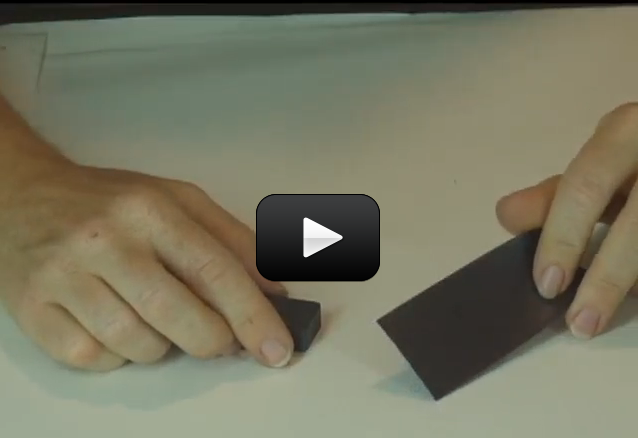Friction is everywhere! Imagine what the world would be like without friction! Everything you do, from catching baseballs to eating hamburgers, to putting on shoes, friction is a part of it. If you take a quick look at friction, it is quite a simple concept of two things rubbing together.
However, when you take a closer look at it, it’s really quite complex. What kind of surfaces are rubbing together? How much of the surfaces are touching? And what’s the deal with this stick and slip thing anyway? Friction is a concept that’s many scientists are spending a lot of time on. Understanding friction is very important in making engines and machines run more efficiently and safely.
Here’s what you need:
Please login or register to read the rest of this content.

